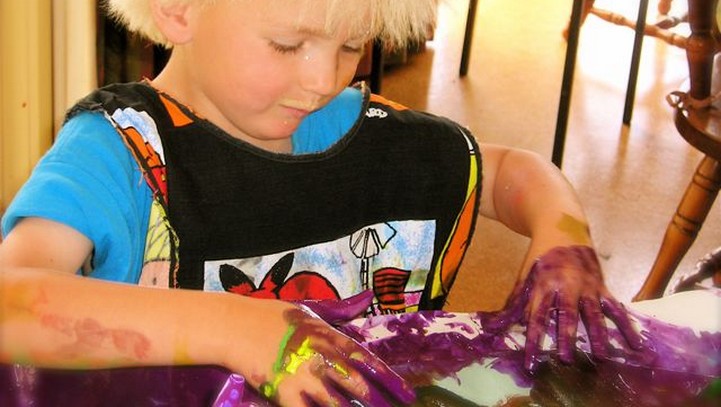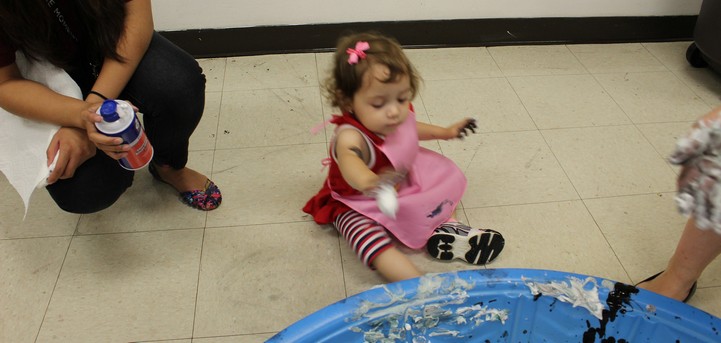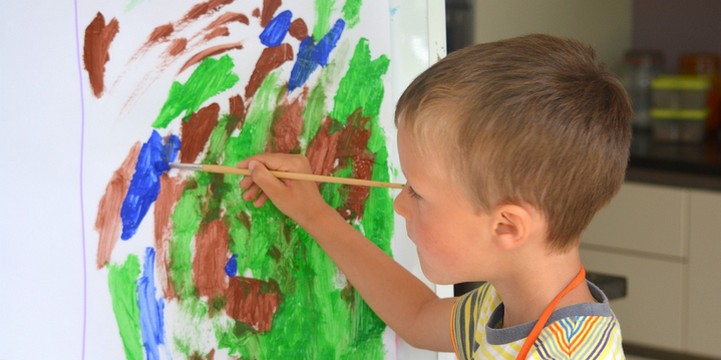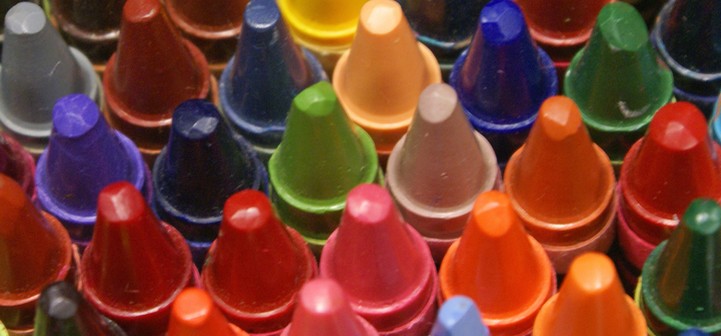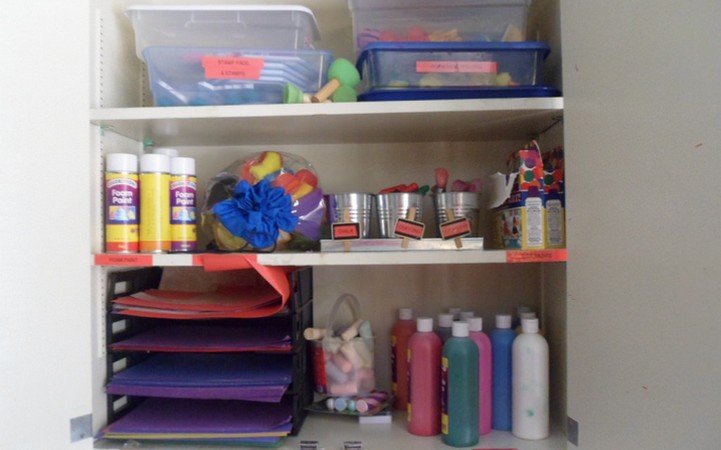
In order for children to create art, they need an inspiring space. The art center should look like an artist’s studio, filled with children’s art as well as that of well-known artists. The art center should allow children to feel creative as they explore materials to express themselves. The art center also allows children to make their own discoveries, either independently or together, and to feel confident in the choices they make.

